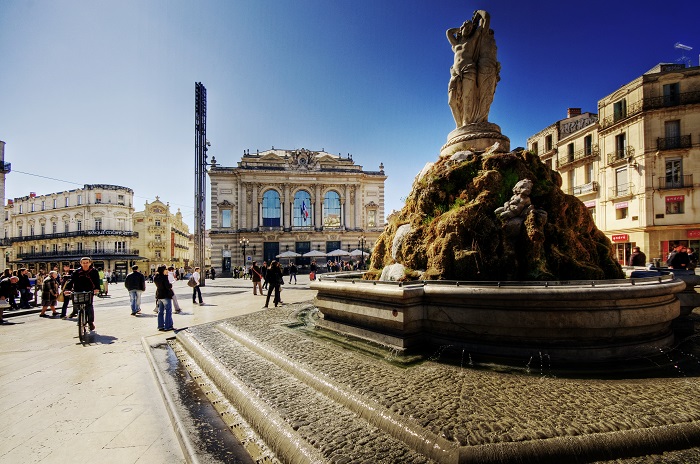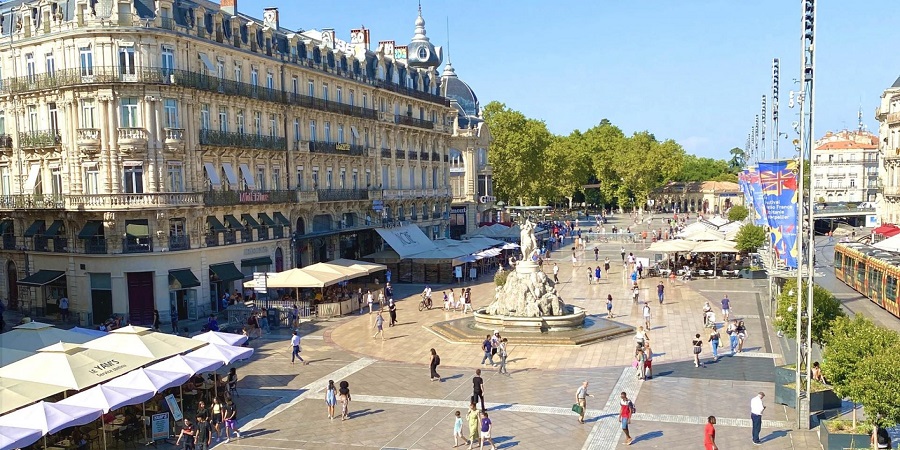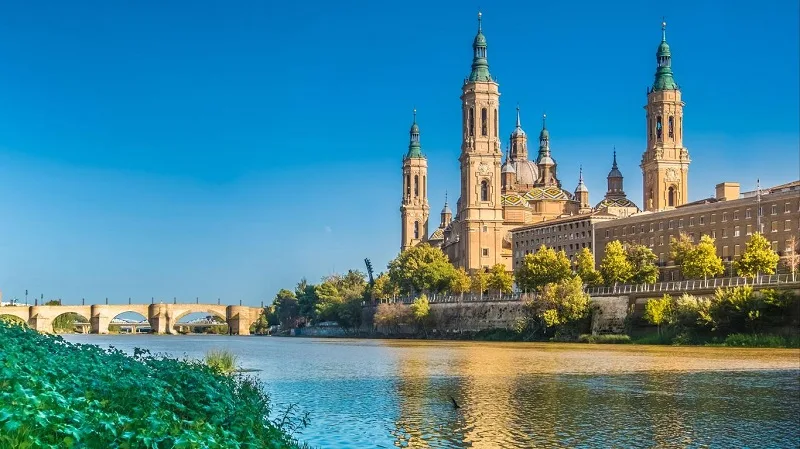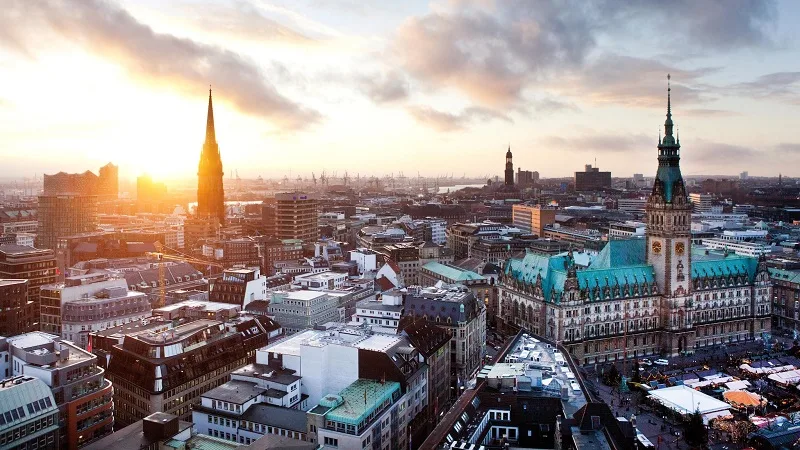
Montpellier: A Gem in the South of France Worth Exploring
Montpellier, nestled in the heart of southern France, boasts a rich history dating back to the 10th century. Originally founded as a modest trading settlement, it quickly grew into a prosperous city, thanks in part to its strategic location along important trade routes. The city’s historical significance is reflected in its medieval architecture, most notably in the old town, with narrow streets and grand mansions telling tales of a bygone era.
The University of Montpellier, one of the oldest in the world, established in 1220, has been a center of knowledge and learning for centuries, contributing significantly to the city’s cultural and intellectual heritage. This academic influence is evident in the city’s vibrant atmosphere, blending historical grandeur with youthful energy.
Montpellier’s Must-Visit Attractions
Historical Landmarks and Museums
Montpellier is home to numerous historical landmarks, including the Place de la Comédie, the city’s main square and the heart of Montpellier’s social life. The Fabre Museum offers a deep dive into European art, while the medieval Mikvé, a Jewish ritual bath, provides a glimpse into the city’s rich cultural tapestry.
Lush Gardens and Outdoor Spaces
The city is also known for its beautiful gardens, like the Jardin des Plantes, France’s oldest botanical garden, offering a tranquil escape from the urban hustle. The Promenade du Peyrou provides stunning views of the city and its surroundings.
Exploring Montpellier: A Visitor’s Guide
When visiting Montpellier, immersing yourself in the local culture is a must. Stroll through the historic Ecusson district, with its boutique shops and cafes. The Quartier Saint-Roch, known for its lively atmosphere, is perfect for those looking to experience the local nightlife.
Food enthusiasts will relish the city’s culinary offerings, from traditional French bistros to contemporary dining experiences. Local vineyards around Montpellier offer wine tastings and tours, showcasing the region’s renowned wine production.
For art lovers, Montpellier’s street art scene, particularly in the neighborhood of Gambetta, is not to be missed. The city’s tram system, known for its uniquely designed cars, is itself a moving art display.
Getting to Montpellier
Montpellier is well-connected and accessible. Montpellier-Méditerranée Airport offers flights to various international destinations. The city is also a major train hub, with high-speed TGV trains connecting it to Paris, Barcelona, and other major cities in France and Europe.
For those preferring to drive, Montpellier is well-served by the French motorway system, offering scenic routes through the French countryside.

Accommodations in Montpellier
The city offers a wide range of accommodations, from luxury hotels to budget-friendly hostels. Boutique hotels in the historic center provide a charming experience, immersing guests in the city’s heritage. For those seeking modern amenities, newer hotels in the Port Marianne district are ideal.
Several bed and breakfasts and vacation rentals offer more intimate and personalized lodging options, perfect for travelers seeking a home-like atmosphere.
Transportation Within Montpellier
Montpellier boasts an efficient public transportation system, with trams and buses covering most areas of the city. The tram lines, in particular, are a convenient and eco-friendly way to explore the city. Biking is also popular, with numerous bike rental services and dedicated cycling paths.
For those who prefer walking, Montpellier’s compact size makes it an ideal city to explore on foot, especially the pedestrian-friendly historic center.
Popular articles
-
Why You Should Visit Zaragoza: A...
Welcome to Zaragoza, one of Spain’s …

-
Why Visit Hamburg: Discover the ...
Discover Hamburg, Germany’s maritime heart, and …

-
Navigating the Edge: The World&#...
Tourism often evokes images of serene …

